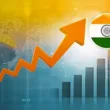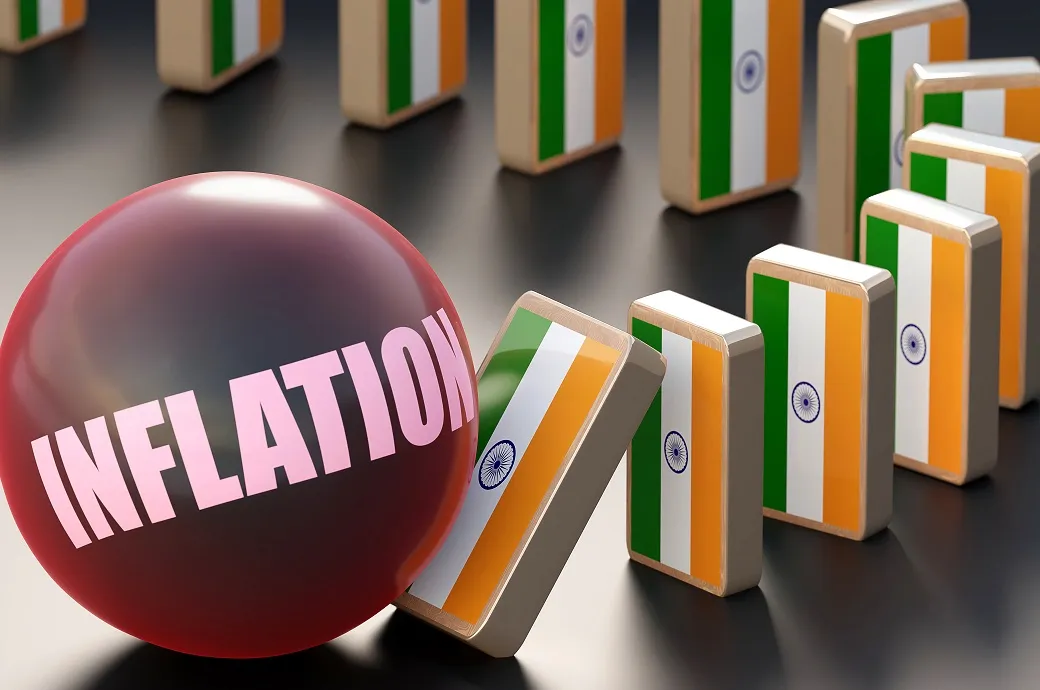New Delhi, India – India’s inflation rate remained unchanged at 3.6% in March 2025, according to the latest data released by government sources. This steady figure follows a consistent downward trend observed over the preceding four months, offering a semblance of stability in the nation’s macroeconomic landscape. However, beneath this apparent calm, emerging concerns regarding potential food price surges are casting a shadow, primarily driven by the impact of uneven rainfall patterns and recent heat waves on the crucial agriculture sector.
The stable inflation figure for March will be viewed with cautious optimism by policymakers and economists. The sustained decline in the preceding months had provided relief after periods of higher price pressures. This trend suggested that the Reserve Bank of India’s (RBI) monetary policy stance, focused on anchoring inflation expectations, might be yielding the desired results. The current 3.6% reading is comfortably within the RBI’s target band, offering a degree of flexibility in future policy decisions.
A detailed breakdown of the inflation data reveals that while core inflation (excluding volatile food and fuel prices) has continued its moderating trajectory, the stability in the headline figure is largely attributed to the base effect from the previous year. More worryingly, there are emerging signals that the downward momentum in food prices may be losing steam.
The agriculture sector, a vital pillar of the Indian economy and a significant contributor to the inflation basket, is facing headwinds from adverse weather conditions. Several parts of the country have experienced uneven rainfall during crucial crop-growing periods. This erratic pattern has disrupted sowing schedules and potentially impacted crop yields for key agricultural commodities.
Adding to these woes, India has recently been hit by severe heatwaves, particularly across the northern and western states. These high temperatures pose a significant threat to standing crops, especially those nearing harvest. The heat stress can lead to wilting, reduced grain filling, and ultimately, lower agricultural output.
The potential ramifications of these weather-related challenges on food prices are significant. Reduced supply of essential food items such as vegetables, grains, and pulses could trigger upward pressure on inflation in the coming months. Food inflation has a substantial weight in the overall Consumer Price Index (CPI) in India, meaning even moderate increases can have a noticeable impact on the headline inflation figure.
Economists are closely monitoring the situation and cautioning against premature celebrations of stable inflation. “While the current inflation reading provides a sense of relief, the underlying risks, particularly from the agriculture sector, cannot be ignored,” stated Dr. Lakshmi Kantam, an agricultural economist at a leading research institution. “Uneven rainfall and heatwaves are a potent combination that could easily reverse the recent moderation in food prices, posing a challenge for inflation management in the near future.”
The RBI will be particularly attentive to these developments as it formulates its future monetary policy. While the current inflation level provides some breathing room, the potential for a resurgence in food inflation could necessitate a more cautious approach. The central bank will likely be closely analyzing incoming data on agricultural output and market prices to gauge the extent of the weather-related impact.
Furthermore, the government will also need to play a proactive role in mitigating the potential impact of these agricultural challenges. Measures such as efficient supply chain management, ensuring adequate buffer stocks of essential commodities, and providing support to farmers affected by adverse weather could help to cushion the blow of potential food price increases.
In conclusion, while India’s inflation remained steady at 3.6% in March 2025, providing a temporary respite, the looming threat of rising food prices due to unfavorable weather conditions presents a significant challenge. The interplay between stable core inflation and potential food price volatility will be a key determinant of India’s inflation trajectory in the coming months, requiring careful monitoring and proactive policy responses from both the central bank and the government. The resilience of India’s inflation management will be tested by the vagaries of the monsoon and the intensity of the summer heat.









